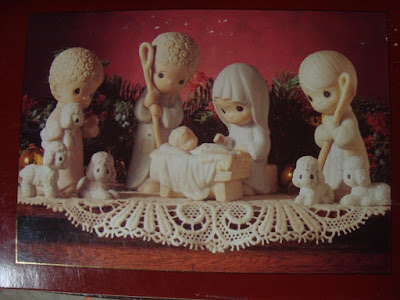Inspired by empty grocery shelves and too much free time from sheltering in place, people rushed off to Home Depot to empty the shelves of gardening supplies. Many started their own "victory gardens."
For you young'uns out there…Victory Gardens were made popular during WWII when people planted vegetable gardens to supplement their meager rations. The government promoted victory gardens as a way to support the war effort. They even offered a booklet to help first time gardeners.
A peek at that booklet might be helpful.

1. Don’t start what you can’t finish. Before you start a garden, count the work involved even before seedtime and through to harvest. Abandoned gardens are a waste of seed, fertilizer, tools, insecticides and labor.
Great advice. Wait! No mention of water? The writers obviously weren’t living in the desert during a 20 year drought and record heat wave!
When I think of Victory Gardens I think of my nana’s garden with perfect rows of vegetables. But nana lived on a farm in the Midwest where there was plenty of water. The gardeners of that age weren’t concerned about pollinators going extinct due to insecticides. They were blissfully unaware of the impact of climate change or fertilizer made out of fossil fuels.
What!? They obviously haven’t watched their veggies wither and die in the scorching June sun. But I’m afraid many first time desert gardeners might.
There are lessons to be learned in the desert all around us.
Unfortunately, the giant eucalyptus tree that used to shade our entire backyard died this year. Now our baby fig trees suffer from direct sunlight. Taking advice from experienced Tucson gardeners, I've concocted shade contraptions out of tomato cages and some recycled shade mesh. No need to shade or water our native trees. Our desert hackberry, acacia, mesquite, and palo verde are thriving this summer with no additional city water. Yeah! The lesson from this is to plant native trees or heritage fruit trees that can take the summer heat!
One of our most helpful low-water gardening methods was inspired by early inhabitants in tune with their desert surroundings.
During the hottest month of June, before the monsoon season starts, I take my old fashion watering can out early every morning before it gets too hot and saturate the mulch around my young fig trees. If water rolls off the top of the mulch, I mix the water into the mulch with my hand and then pour more water into it. Using the watering can helps me keep track of how much water I use.
NOTE: It’s even better to water them after it cools off in the evening so the water won't evaporate in the heat of the day.
Pioneers survived droughts by treating each drop of water as precious. You may have seen westerns where the whole family used the same bath water. Gross! But we can use the same water twice. Dan and I carry our kitchen rinse water out to our hummingbird trumpets. A friend has an outdoor shower that waters his landscape. We use the greywater from our washing machine to irrigate our heritage fruit trees.
Nourishing the soil with compost, covering it with a thin layer of mulch and watering it with rainwater are desert gardening basics. To save water and have a healthy plant or tree, it's important to know how much water they require. Likewise, it's important to sow the right plant in the right season. Another tried and true technique is to plant short-season crops after the monsoons and use added rainwater to grow fast-growing favorites.
Sadly, it’s been a while since it’s rained in our yard. And the rainwater we collected in our water barrels is long gone. So I’ve had to resort to using more city water than I want to this summer. To offset that extra water use, I look for other ways to conserve water. Instead of a full shower, I often take what nana called a “spit bath” or sponge bath and then pour that water onto plants!



















































